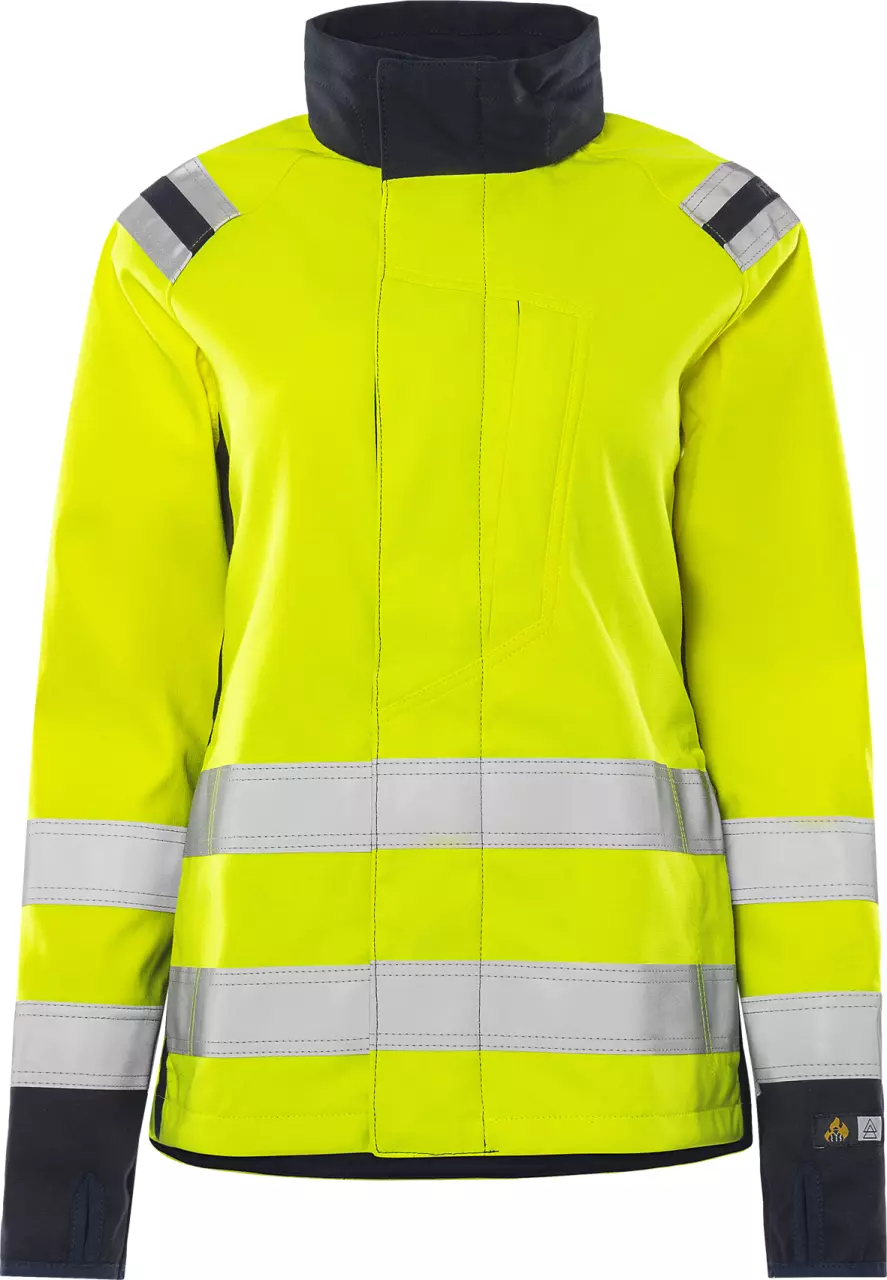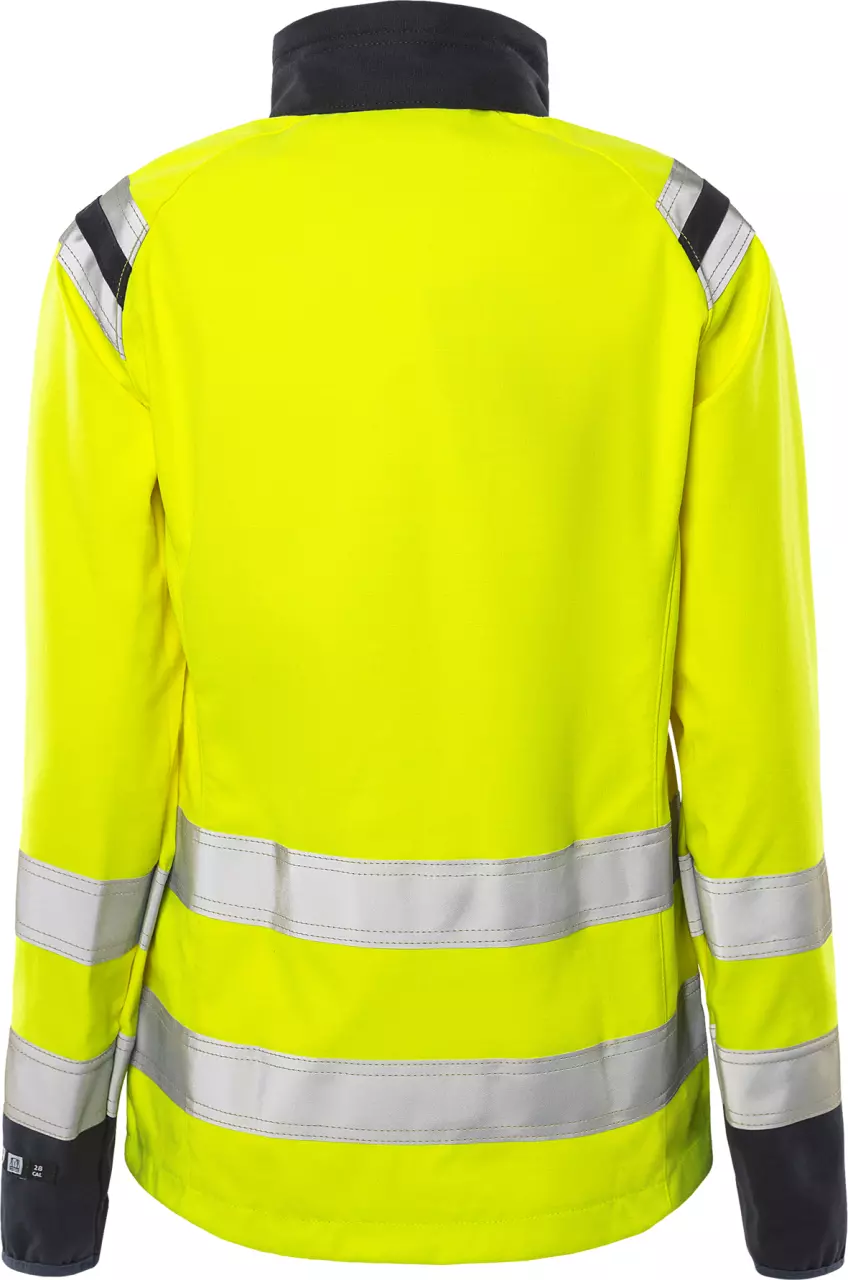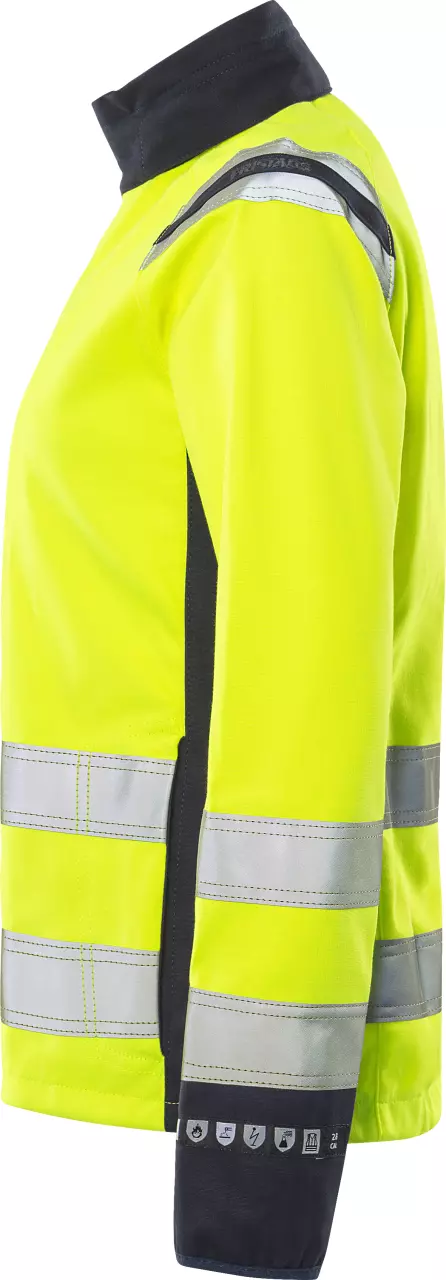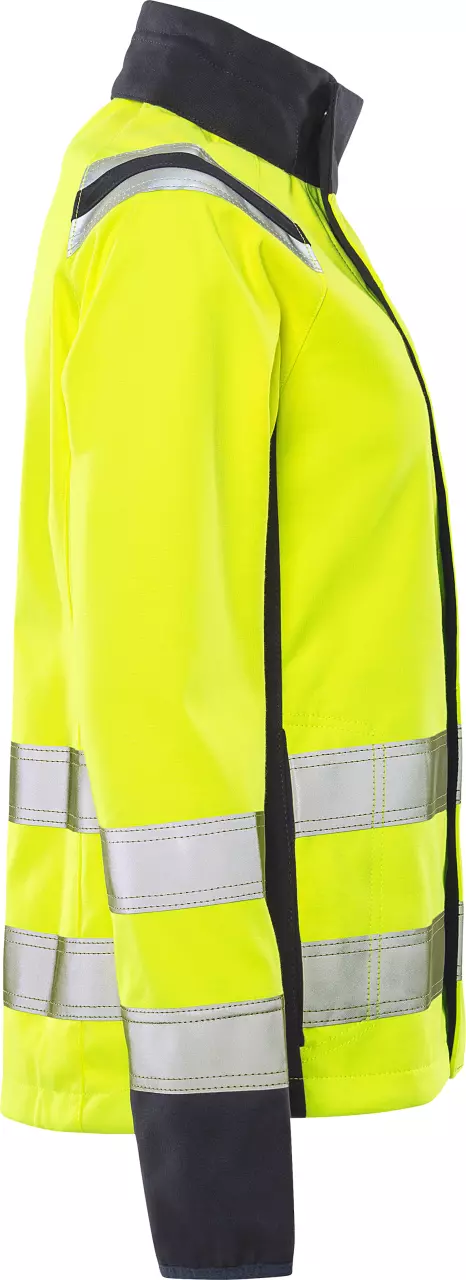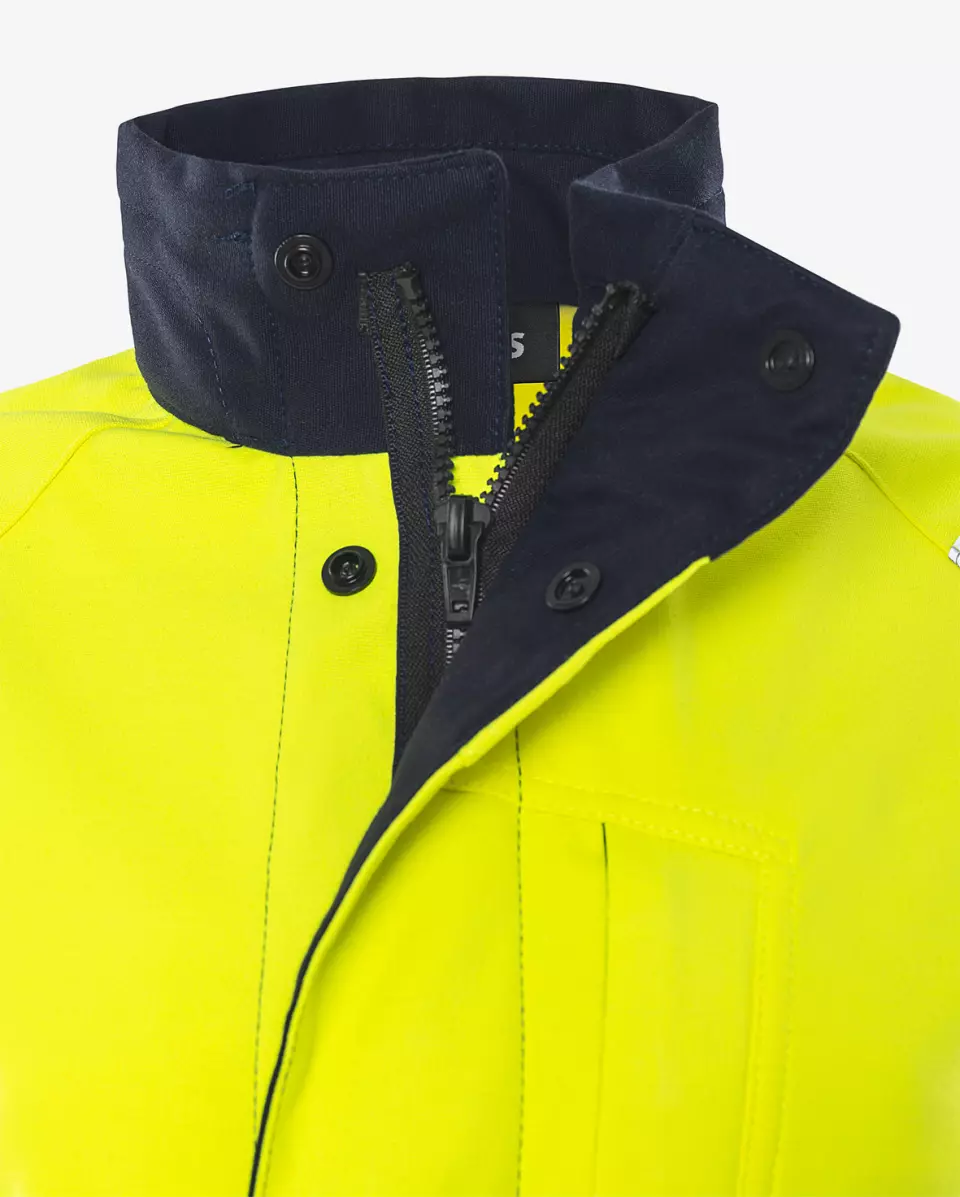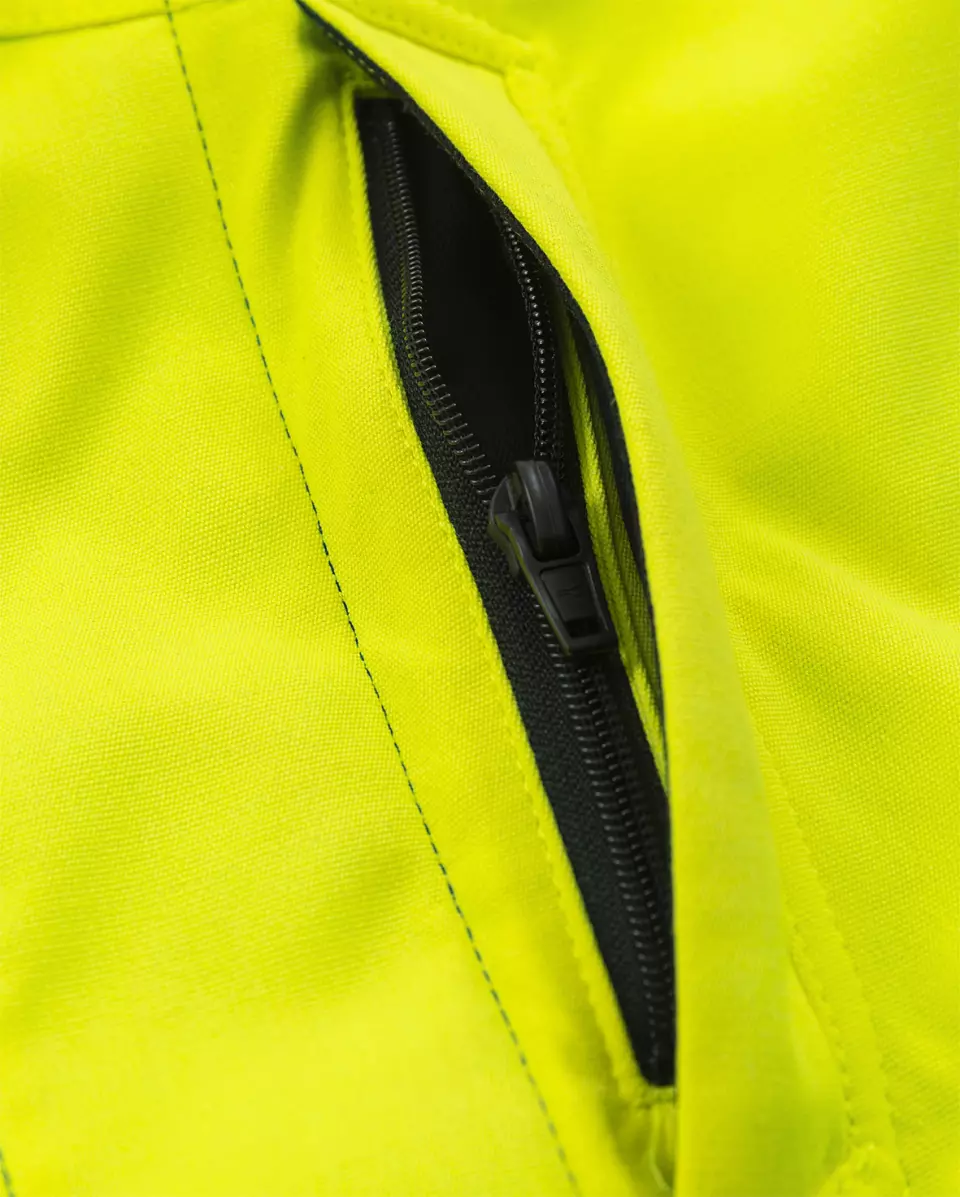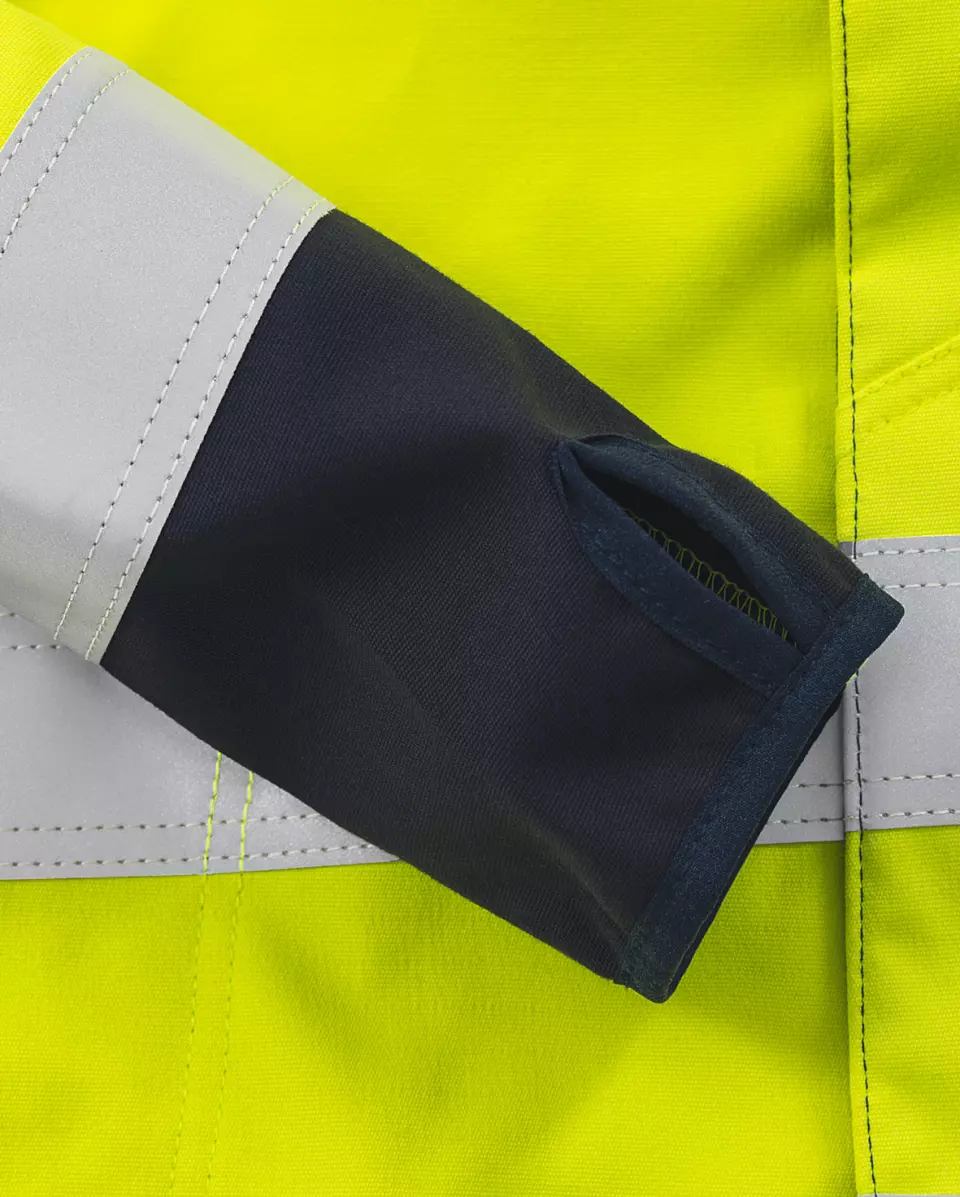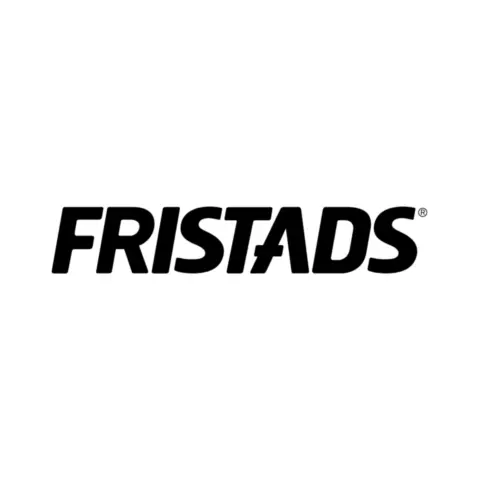Fristads Flame Retardant Flamestat High Vis Softshell Jacket Women's Class 3 4076 FSS
Fristads
visit storeProduct description
A soft and comfortable fire-resistant softshell jacket in a women's fit. Functional jacket for year-round use. Made of windproof and water-repellent material, which is itself fire-retardant. Certified light-arc protection in layers. 47% modacrylic, 37% cotton, 12% polyurethane, 2% polyamide, 1% antistatic fibre, 1% elastane.
Indicates whether the jacket or vest is designed and sized for men, women, children, or cut in a unisex style to accommodate different body types.
Describes how the waist area is adjusted or secured, affecting fit, comfort, and protection from weather elements during work activities.
Measures fabric density in grams per square meter, indicating durability, protection level, and warmth of the garment.
The method used to fasten the jacket or vest, affecting ease of use, security, and weather protection during work activities.
The design and structure of the neckline area, affecting protection from elements, professional appearance, and comfort around the neck and shoulders.
Determines how the jacket fits your body, affecting comfort, mobility, and layering options during work activities.
Defines pocket types and locations, such as chest, ID, or zipper pockets, providing organized storage and quick access to tools, phones, and work essentials.
Determines the overall design and construction approach, affecting weather protection, mobility, and suitability for different work environments.
- Arc Flash Resistance
- Chemical Resistance
- Heat & Flame Resistance
- High Visibility
- Electrical Protection
- Welding
- Machine Washable
Request a free sample
Test first and buy later. Visit any product page to request your free sample.
Standards and labels
EN 13034:2005 is a European standard that specifies the requirements and test methods for Type 6 protective clothing designed to provide protection against liquid chemicals. This standard sets criteria for the fabric's resistance to penetration by liquid chemicals and establishes guidelines for the overall design and construction of the clothing. It ensures that Type 6 protective clothing offers reliable protection for workers in industries where they may be exposed to liquid chemical hazards, but it may not be suitable for protection against airborne particles.
Test results
Liquid Chemical Protection Type 6 PBEN 13034:2005 specifies the performance requirements for protective clothing that offers limited protection against liquid chemicals, identified specifically as Type 6 PB (partial body protection). The 'Type 6 PB' designation implies that the protective garment has been tested and confirmed to provide effective defense against light spray and minor splashes of liquid chemicals, but only for parts of the body such as aprons, sleeves, or boots rather than full body suits. This standard tests the fabric's barrier effectiveness by applying a defined volume of liquid to the garment and assessing any penetration or repellence under controlled laboratory conditions. Garments achieving Type 6 PB classification are crucial for tasks in industries like chemical processing or handling where full body coverage is unnecessary, thereby offering flexibility and targeted protection, reducing the risk of chemical exposure to critical areas of the body.
EN 11611:2015 is a European standard that specifies the requirements for protective clothing for use in welding and allied processes. This standard defines performance requirements for material, design, and testing of clothing that protects the wearer from heat and flames. Testing includes measuring the clothing's resistance to heat and flame, as well as its ability to self-extinguish. Pass/fail results are based on the clothing meeting or not meeting the specified requirements.
Test results
Welding Protection Class 2The EN 11611:2015 standard specifies safety requirements for protective clothing used during welding and allied processes. Class 2 under this standard, which indicates a result of Visible: 85% - 100%, means that the protective clothing offers a high level of protection, effectively blocking the majority of hazardous exposure associated with welding activities. Specifically, this class is designed for use in environments where hazards are more severe or exposure levels are significantly higher. The test method for determining this classification involves subjecting the fabric and design of the protective clothing to a series of tests that simulate the conditions and hazards typically encountered in welding operations, such as exposure to radiant heat, sparks, and spatter from the welding process. The practical implication for procurement professionals is that Class 2 garments complying with EN 11611:2015 are suitable for high-risk welding tasks, providing more robust protection to the wearer under more intense working conditions.
EN 13688:2013 is a European standard that specifies the performance requirements for protective clothing. The standard includes requirements for safety, comfort, and durability, as well as tests for determining these properties. Protective clothing includes items like coveralls, aprons, and gloves that are worn to protect the wearer from hazards. Possible test results include resistance to chemicals, heat, abrasion and tearing, as well as breathability and comfort. The clothing can be tested under different conditions to check if it meets the standard's requirements.
EN 11612:2015 is a European standard that specifies the requirements for protective clothing against heat and flame. This standard defines performance requirements for material, design, and testing of clothing that protects the wearer from heat and flames. Testing includes measuring the clothing's resistance to heat and flame, as well as its ability to self-extinguish. Pass/fail results are based on the clothing meeting or not meeting the specified requirements.
EN ISO 20471:2013 is a standard for high visibility clothing worn in certain work environments. It sets guidelines for clothing to make sure people can see the person wearing it well in low light conditions. Test results are used to make sure the clothing meets these rules. The tests include checking the amount of reflective material on the clothing and how well it can be seen from different angles.
Test results
Reflective Strip Area Grade 2Oeko-Tex Standard 100 is a product certification program for textiles, which is awarded by the Oeko-Tex Association. This program verifies that the textile products are free from harmful chemicals. To be able to use the Oeko-Tex Standard 100 label, a product must meet certain requirements set by the Oeko-Tex Association which include limits on the levels of harmful substances such as pesticides, heavy metals, and formaldehyde. The textile products are inspected and certified by Oeko-Tex, they can use the Oeko-Tex Standard 100 label on their packaging to show that they are free from harmful chemicals. This certification is for all types of textiles, from raw materials to finished products, and it is globally recognized.
Fristads delivery terms
Free delivery for all Fristads products
296,77 €
Free delivery
Sold in units of one piece
Need larger quantities?
Other products you may like
Recently viewed
Need help?
Get help from our experts
Other products you may like
Similar products you may like
Autonomous sourcing platform
The most efficient way to source and order supplies for your operations
Sourcing
Ordering
List products you’re looking for and we’ll find the best products and prices for you – all for free.
Need help?
Get help from our experts
